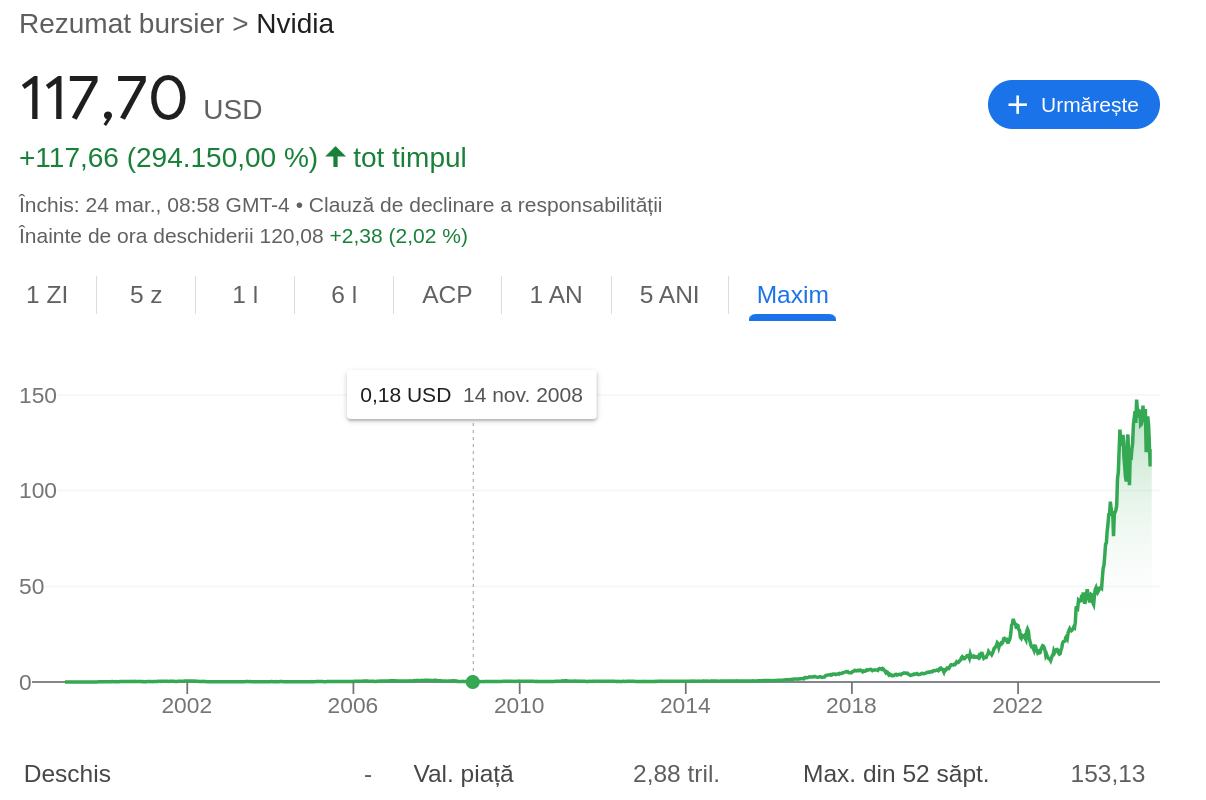
What is Passive Investing?
Passive investing refers to a strategy where investors do not frequently intervene in their portfolios. This approach typically involves buying financial assets and holding them for the long term, regardless of market fluctuations. The most common form of passive investing is through index funds or ETFs (exchange-traded funds), which replicate the performance of stock market indices such as the S&P 500.
Advantages of Passive Investing:
- Lower costs – Passive funds have lower management fees compared to active funds.
- Minimal effort – There is no need for constant market monitoring or frequent decision-making.
- Automatic diversification – Index funds include multiple companies, reducing individual risk.
- Stable long-term performance – Studies show that, over time, passive investments tend to outperform most active investors.
Disadvantages of Passive Investing:
- Lack of control – You cannot individually select the companies you invest in.
- Limited gains – Since you follow the market’s performance, achieving exceptional returns is difficult.
- Slow reaction to economic changes – Index funds cannot avoid major market downturns.
What is Active Investing?
Active investing involves frequently buying and selling financial assets with the goal of achieving higher returns than the market. This type of investing requires analyzing the market, tracking trends, and making quick decisions to capitalize on price fluctuations.
Advantages of Active Investing:
- Total control – Active investors can select the companies and assets they consider most profitable.
- Potential for high returns – With a well-thought-out strategy, active investments can generate significantly higher returns than passive ones.
- Adaptability to economic changes – Active investors can react quickly to market events and avoid major losses.
Disadvantages of Active Investing:
- High costs – Trading fees and commissions can be significant.
- Time and knowledge required – It requires study, analysis, and constant monitoring.
- Higher risk – Not all decisions will be correct, and active investments can lead to significant losses.
Which Strategy is Best for You?
Choosing between passive and active investing depends on several personal factors:
- If you have little time and do not want to constantly analyze the market, passive investing is a better choice.
- If you have strong financial knowledge and time for analysis, active investing can be a profitable option.
- If you do not tolerate high risk and want long-term stability, passive investing is safer.
- If you want high returns and are willing to accept risk, active investing may be a good choice.
A Combination of Both Strategies
Many investors combine both strategies to balance risk and return. For example, part of the portfolio can be passively invested in index funds, while another part can be actively managed for higher earning opportunities.
Conclusion
When choosing an investment strategy, it is important to consider your financial goals, risk tolerance, and the time you can dedicate to managing your investments. Passive investing offers a simple, stable, and low-cost approach, while active investing can bring higher returns but also higher risks. The right choice depends on you!







